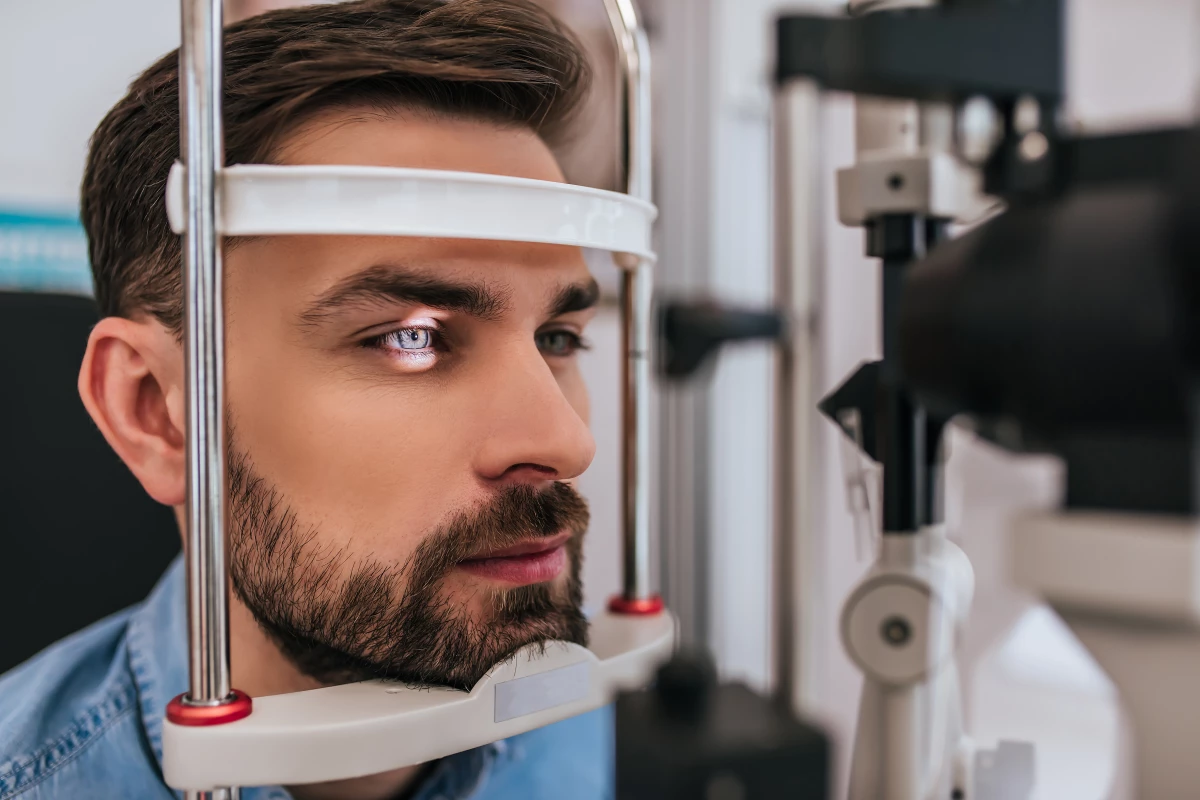A breakthrough treatment has allowed damaged retinal cells to regenerate themselves. The current research has been conducted on mice, but the pathways are the same in humans, which opens hope for a new way to treat certain kinds of blindness.
While considered a relatively rare disease, retinitis pigmentosa affects approximately 1.5 million people worldwide and is considered the number one cause of inherited retinal degeneration-associated blindness. The disease causes the breakdown of light-sensitive cells called photoreceptors in the retina, leading to progressively declining vision and eventually the loss of central vision entirely.
There is currently no known cure for retinitis pigmentosa, but researchers at the Korea Advanced Institute of Science and Technology (KAIST) have just had a breakthrough in treatment that could certainly lead to one.
In conducting their research, the scientists took inspiration from fish – in particular, the zebrafish. That's because when these animals suffer damage to their retinas, they have the uncanny ability to regenerate the damaged cells. It turns out, the reason for this lies with Müller glia cells. A coating of these cells forms a connection between the inner and outer layers of the retina, plus they help remove neuronal waste from the eye and help with light transmission.
When fish suffer retinal damage, the Müller glia cells differentiate into retinal progenitor cells, which generate new neurons and help the fish keep their vision functioning properly. This isn't the case in mammals and, by studying donated human eyes and the eyes of mice who were engineered to have retinal damage, the KAIST researchers found out why.
It's due to a protein called PROX1 that was present in the damaged human and mouse eyes. PROX1 inhibits the Müller glia cells from differentiating in mammals. With this ability blocked, the glia cells can't go to work regenerating the retinal cells.
So the researchers developed an antibody that binds to PROX1. When the antibody was injected into the retinas of mice afflicted with retinitis pigmentosa, the action of PROX1 was blocked, retinal regeneration was restored, and vision returned for a period of over six months.
The team is currently developing the PROX1 antibody through KAIST spinout, Cellia Inc., and hopes to begin human trials in 2028 for patients with retinitis pigmentosa and other retinal diseases that currently lack cures.
"We are about completing the optimization of the PROX1-neutralizing antibody (CLZ001) and move to preclinical studies before administering it to retinal disease patients," said first study author, Eun Jung Lee. "Our goal is to provide a solution for patients at risk of blindness who currently lack proper treatment options."
The research has been published in the journal, Nature Communications.
Source: KAIST





